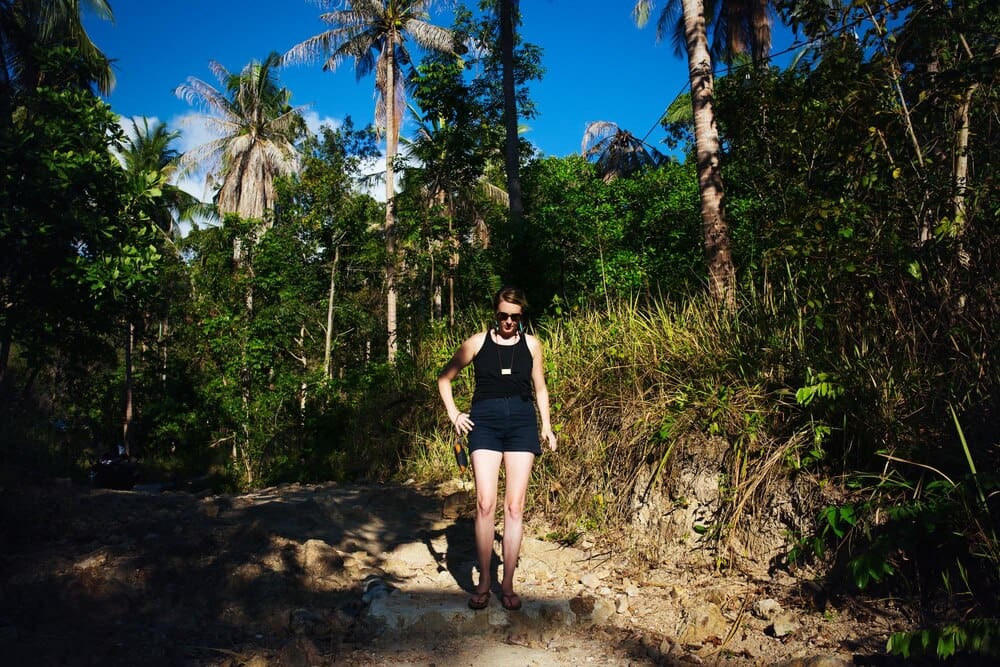For a growing community of endurance athletes, the ultimate test of physical and mental fortitude isn’t found on a mountain peak but along the sun-scorched pavement and humid trails of South Florida. Ultramarathon running—any footrace longer than the traditional 26.2-mile marathon—thrives here, challenging runners from around the globe to conquer not just immense distances but also a uniquely oppressive environment. For those who train and race in this subtropical crucible, success is defined by a mastery of the relentless heat, suffocating humidity, and deceptively punishing flat terrain, turning every 50- or 100-mile journey into a profound battle against both the course and the climate.
What Defines an Ultramarathon?
At its core, the term “ultramarathon” is beautifully simple. It encompasses any running event that pushes beyond the 42.195 kilometers of a standard marathon. This opens up a world of diverse challenges and race formats.
Beyond the Marathon
The most common entry points into the sport are the 50-kilometer (approximately 31 miles) and 50-mile races. These events provide a significant step up from the marathon without the logistical complexities of even longer distances. From there, the challenges escalate to 100-kilometer, 100-mile, and even multi-day events that stretch for 200 miles or more.
Formats: Time vs. Distance
Ultrarunning isn’t just about covering a set distance. Many events are time-based, challenging athletes to run as far as they can within a specific period, such as 6, 12, 24, or even 48 hours. These races are often held on short, looped courses, creating a highly social atmosphere and simplifying logistics, as runners pass their personal supplies and support crews every lap.
The South Florida Crucible: A Unique Set of Challenges
While ultrarunners worldwide face steep climbs and technical terrain, South Florida athletes contend with a different, often underestimated, set of environmental adversaries. Mastering this region means respecting its unique demands.
The Heat and Humidity Factor
This is the defining characteristic of running in South Florida. The physiological challenge isn’t just the heat, but the combination of high temperatures and extreme humidity. Your body’s primary cooling mechanism is the evaporation of sweat. When the air is already saturated with moisture, sweat evaporates far less efficiently, clinging to the skin and doing little to cool you down.
This inefficiency forces your body to work overtime. Your heart rate increases to pump blood to the skin’s surface in an attempt to dissipate heat, placing immense strain on your cardiovascular system. Dehydration and electrolyte imbalances become critical concerns much faster than in drier climates.
The Deception of Flat Terrain
To an outsider, a flat course sounds easy. To an experienced ultrarunner, it signals a different kind of pain. Mountainous courses provide variety; steep climbs work different muscles than descents, and the downhills offer a chance for certain muscle groups to recover. Flat courses offer no such respite.
Running on flat ground for 50 or 100 miles engages the same muscles in the same repetitive motion, hour after hour. This leads to extreme muscle-specific fatigue and a higher risk of repetitive stress injuries. Mentally, the monotony of a flat, unchanging landscape—what locals call “the grind”—can be more demoralizing than any mountain ascent.
Unrelenting Sun Exposure
Many of South Florida’s most iconic race routes, like the A1A coastal highway or the bridges of the Florida Keys, offer little to no shade. For hours on end, runners are exposed to direct, intense sunlight, which not only increases the risk of sunburn but also contributes significantly to overall body temperature and fatigue.
Training to Thrive: Your South Florida Blueprint
Success in a South Florida ultra is earned long before race day. It’s forged in the daily commitment to a training plan specifically designed to overcome the region’s environmental hurdles.
Mastering Heat Acclimatization
You cannot cheat the heat; you must adapt to it. Heat acclimatization is a physiological process where your body makes specific adaptations to better handle thermal stress. These include an increase in blood plasma volume, an earlier onset of sweating, and a higher sweat rate. Critically, your sweat also becomes more dilute, meaning you conserve more essential electrolytes.
To achieve this, you must intentionally and gradually train in the heat. Start with shorter, easier runs during warmer parts of the day and slowly increase the duration and intensity over several weeks. This process takes time—at least 10 to 14 days of consistent exposure—but it is the single most important preparation you can undertake.
Dialing in Hydration and Electrolytes
In South Florida, sweat losses can be extreme. It is vital to replace not just the water but also the electrolytes—primarily sodium, potassium, and magnesium—lost in that sweat. Ignoring electrolytes can lead to hyponatremia, a dangerous condition where sodium levels in the blood become too low from drinking too much plain water.
Practice your hydration and nutrition strategy on every long run. Experiment with different electrolyte drinks, salt capsules, and salty foods to see what your stomach can tolerate. A good starting point is to consume 400-800 milligrams of sodium per hour, but personal needs vary widely. Learn to listen to your body and drink to thirst rather than forcing fluids on a rigid schedule.
Fueling for the Long Haul
High heat can often suppress appetite, making it difficult to consume the necessary calories to fuel an ultra. The goal is to take in a steady stream of easily digestible energy. For many, this means a combination of sports gels, chews, and liquid calories.
However, don’t neglect real food. Aid stations are often stocked with salty potatoes, broths, watermelon, and other simple options. These can be a welcome break from sugary products and provide crucial micronutrients. The key is to start fueling early and continue consistently, aiming for 200-300 calories per hour.
Essential Gear for the Subtropics
Your gear choices can make or break your race. Prioritize function and comfort over everything else.
- Footwear: Choose shoes with highly breathable uppers that drain water well. Your feet will swell significantly over a long race, so a wider toe box is essential to prevent blisters and black toenails.
- Apparel: Wear light-colored, loose-fitting clothing made from technical, moisture-wicking fabrics. Avoid cotton at all costs. Many runners opt for arm sleeves for sun protection, which can also be soaked in water at aid stations for a cooling effect.
- Sun Protection: A wide-brimmed hat or visor is non-negotiable. Polarized sunglasses will reduce eye strain, and a high-SPF, sweat-resistant sunscreen is critical. Cooling towels or bandanas filled with ice are popular tools for managing core temperature.
- Hydration Systems: A hydration vest is the standard for most ultrarunners. It allows you to carry multiple bottles, a water bladder, nutrition, and essential gear comfortably and accessibly.
Finding Your Race: Iconic South Florida Ultras
The region hosts a vibrant race calendar with events for every level of ultrarunner.
The Keys100 is arguably the most famous. This 100-mile point-to-point road race from Key Largo to Key West is an epic undertaking. Runners traverse the stunning Seven Mile Bridge and battle extreme heat and sun exposure on the pavement of the Overseas Highway.
The Everglades Ultras offer a completely different experience. These trail races take athletes through the unique ecosystem of the Fakahatchee Strand Preserve State Park, navigating grassy trails and service roads in a high-humidity environment that feels like a sauna.
For those looking for a looped format, the Skydive Ultra in Clewiston is a popular choice. Held on a flat, 1.31-mile grass loop, it offers 6-, 12-, and 24-hour options, making it a perfect race for beginners or veterans testing their limits in a controlled, supportive environment.
Building Your Support System
In longer ultras, your success is often a team effort. A dedicated crew—friends or family who meet you at aid stations—is invaluable. They manage your nutrition, refill your bottles, help with gear changes, and provide the psychological boost needed to keep moving when your body wants to stop.
Pacers, who are permitted to join you for a portion of the race (typically in the second half of a 100-miler), provide companionship, ensure you stay on pace, and add a layer of safety, especially during overnight running.
Post-Race Recovery in the Heat
Your recovery begins the moment you cross the finish line. The immediate priorities are to cool your body down and begin rehydrating with electrolyte-rich fluids. Consuming a mix of protein and carbohydrates within the first hour will kickstart the muscle repair process.
In the days that follow, prioritize sleep, gentle movement like walking or swimming to promote blood flow, and continued nutrient-dense eating. Be patient; recovering from the immense stress of a South Florida ultra takes time.
Toeing the line of an ultramarathon in South Florida is an ambitious declaration. It’s a commitment to face down some of the most challenging running conditions imaginable. It demands rigorous, specific preparation and an unshakeable will. But for those who train smart, respect the environment, and embrace the grind, crossing that finish line offers a sense of accomplishment that is as profound and powerful as the tropical sun itself.







